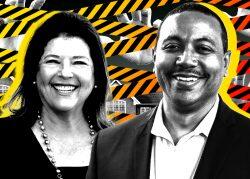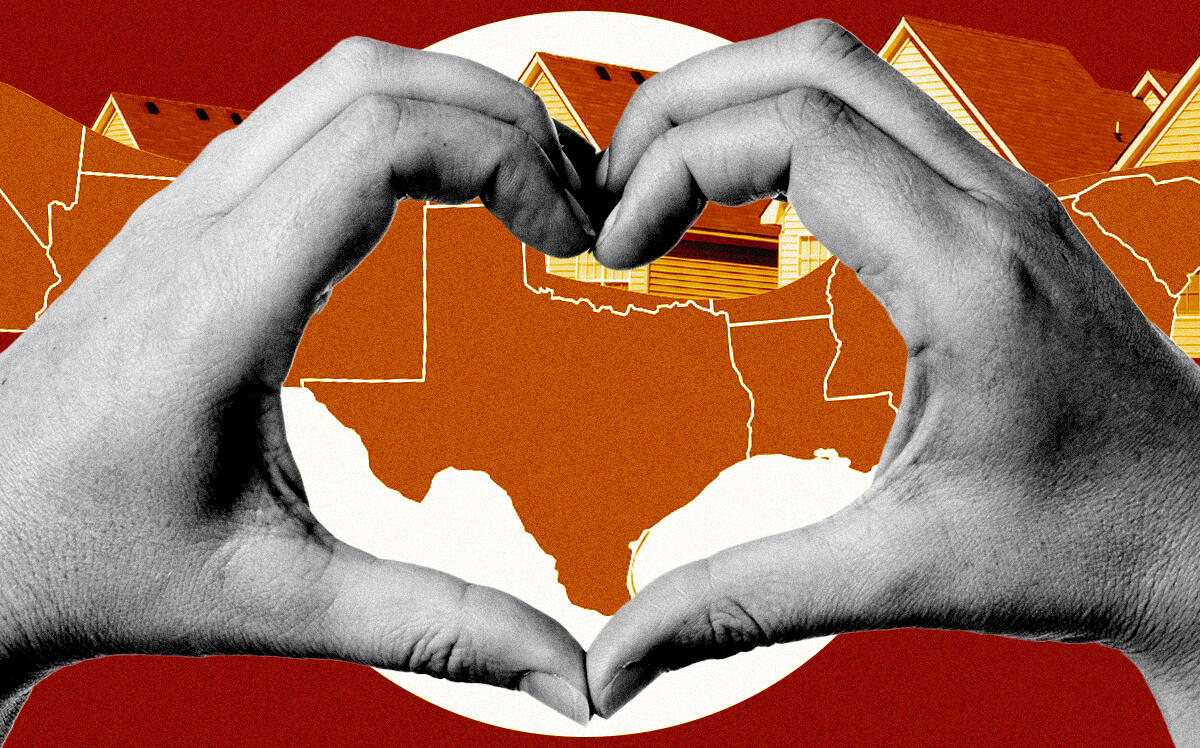The great migration to the Sun Belt has made its multifamily housing markets investor darlings.
Phoenix, Houston, Dallas, Austin, and Atlanta all made the 2020 U.S. Census’ top 10 metros for population growth, and investor dollars are following the influx of residents.
Multifamily property transactions in the Sun Belt were nearly double in the first quarter of 2022 from the same period in 2019. Sun Belt office transactions were also up 58 percent across the same time period, according to consulting firm Altus Group.
“I don’t see it slowing down,” Robby Tandjung, an executive at Altus Group, told The Real Deal.
Even with skyrocketing prices and mortgage costs that are steadily catching up to the gateway markets in California, Tandjung says Sun Belt markets offer more space for the same price — a feature that’s become increasingly important with the rise of WFH lifestyles. For $2,000 a month you can get a small or “efficiency” studio in New York or San Francisco, or move to Houston or Atlanta and live in a roomy three-bedroom apartment.
Sun Belt markets on the whole led the nation in multifamily investment sales, per the latest data from Colliers. “Sun Belt markets remain the leading investment targets, with no signs of that changing,” the Canadian investment management company said in a recent report.
Read more


Overall, Dallas was the front-runner. The metro has been the number one multifamily investment market every year since 2016, Collier’s report said. Its $8.2 billion in sales volume from January through April this year was bigger than that of the entire Midwest and nearly matched the volume for the Northeast.
During the first quarter of 2022, Dallas-Fort Worth topped New York and Los Angeles in real estate investments with almost $13 billion in investment properties changing hands in just those three months. Almost half of the metroplex’s total home sales volume were apartment sales.
However, back in March, the Dallas Federal Reserve issued a warning about a potential bubble in the regional market. The bank cautioned that if current trends continue, the market will become, “progressively misaligned from fundamentals until investors become cautious, policymakers intervene, the flow of money into housing dries up and a housing correction or even a bust occurs.”
